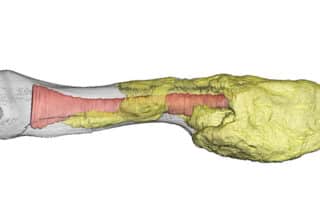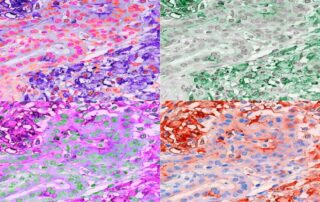There has to be more to dental hygiene than this: A systemic approach
Source: www.dentistryiq.com Author: Michelle Strange, MSDH, RDH Due to the COVID-19 pandemic, there will be added pressure on dental hygienists as patients return to our practices. During the lockdown, patients did not have access to our services. Now that the doors have reopened, patient treatments have begun with a renewed focus on protection from the virus. Even though practices will be extra busy, now is a great time to make some changes to our services. What if we stop simply reacting to the apparent problems and instead make the shift from purely corrective to a preventive dental service, and from oral health to holistic health? A holistic approach Dentistry has the potential to assimilate and integrate into the holistic health approach. Until now, patients and other health professionals have considered a visit to a dental office as totally separate from other health care. Patients often view their twice-a-year visits as mandatory checkups and “cleanings” but fail to grasp the entire value we provide. Dental health is connected to our entire well-being and is even thought to be related to heart health.1 Poor dental hygiene may lead to a higher susceptibility to the human papillomavirus that can contribute to mouth and throat cancers.2 In 2013, a study from the University of Central Lancashire School of Medicine and Dentistry pinpointed a specific oral bacteria, Porphyromonas gingivalis, as present in the brains of four out of 10 participants with dementia.3 Research has found that erectile dysfunction,4 type 2 diabetes,5 irritable bowel syndrome,6 and [...]



